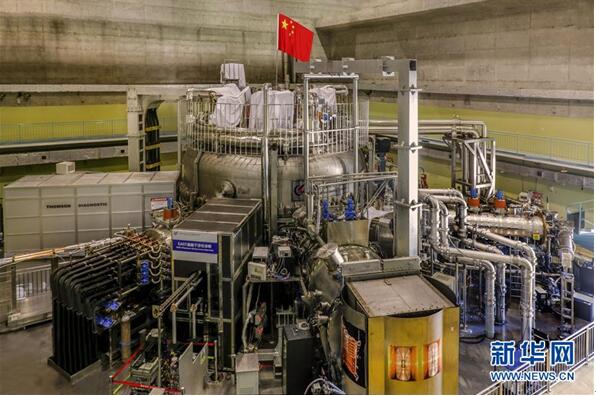


A team of Chinese scientists in Hefei, capital city of East China’s Anhui province, has made an unprecedented breakthrough on an energy generation device that will bring the transformation of energy into stable, sustainable and controllable resources one step closer.
The Experimental Advanced Superconducting Tokamak (EAST) fusion device, nicknamed "artificial sun", made a 102-second long pulse plasma discharge at over the central electron temperature of 50 million degrees in Hefei at the end of January, 2016. This is the longest plasma discharge time recorded in all the Tokamak fusion devices in the world.
Led by the Chinese scientists at the Institute of Plasma Physics under Chinese Academy of Sciences (CAS) in Hefei, the EAST fusion device has moved one step closer to the goal of 1000-second long pulse plasma discharge at over the central electron temperature of 100 million degrees.
The name “artificial sun” was given because the aim of the device is to generate energy in the same way as the sun. Under high pressure and temperature, fusion reactions take place from the core to the surface of the sun. Such fusion reactions give rise to a great deal of energy to enable the sun to continuously emit light and heat. However, fusion reactions on the sun are uncontrollable and destructive, just like H-bomb explosions on earth. EAST is attempting to transform such energy into stable, sustainable and controllable resources. The hydrogen isotopes extracted from one liter of seawater can produce energy equivalent to 300 liters of gasoline through complete fusion reactions.
Source: People's Daily Online